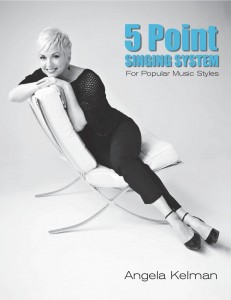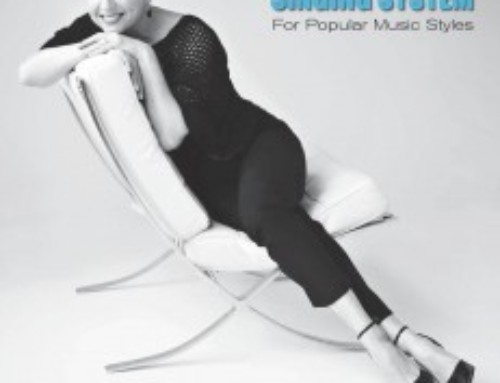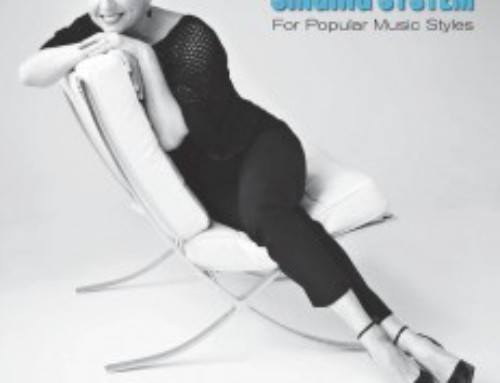
Quote Of The Day
“If you can walk you can dance. If you can talk you can sing.” – Zimbabwe Proverb
There are few things in life that can evoke emotion like singing your heart out. Both the singer and the listener can be transported to a place of emotional depth either joyous or anguished and everything in between by a great vocal performance. I am a firm believer that “beauty is in the ear of the beholder” When people learn that I am a vocal coach often they say “oh you don’t want to hear me sing” and I reply “yes, I do”. I really truly believe that everyone can become a better singer. Often it is just being enlightened to what you need to do physically to make the note you are singing, at the very least, bearable for other people to hear. A few times in my coaching experience I have had students come in the door who were, for lack of a better description, “one step from tone-deaf”. It has been one of my bigger challenges and greatest joys to guide them to a place where, by being aware of what is required of each note from a physical perspective, they can actually sing on pitch. What does “physical perspective” mean? Well, in my world, every note has a “recipe” of how much breath, how much diaphragm support and what degree of vowel modification is needed in order to make the right pitch for that particular note. Once a student starts recognizing these recipes, it isn’t long before they are singing pitch very accurately. Let’s look at an example. If you are singing a phrase that resides in the middle of your vocal range that is 5 words long, you would realize that you need to take a breath about 60% capacity of your “tank” (remembering that direction of a singer’s breath is air in/tummy out). Then, you would need to give some light support from your diaphragm by creating small pulls towards your backbone on some of the mid-range notes and drop your jaw to open up, or modify any tight sounding vowels like “ee” or “ie” sounds helping the notes float out more effortlessly. It may sound like a lot of work, but once you are able to recognize how much air you need per phrase, what range of your voice the notes in the phrase are in, how much diaphragm support is needed per note and what vowels need to be modified to open them up a bit more, you will be well on your way to becoming a better singer. If this seems daunting, just take it one step at a time, marking everywhere you need to breathe first, then mark what words or syllables in your mid-range and up into your Diva/Rockstar ranges you need to support with a diaphragm pull to your backbone, and finally, what words need vowel modification by dropping your jaw to open them up more. Remember the “Mapping Out Your Lyrics” Blog? Revisit that one and you will get more insight as to how to create those recipes.
Until next time… Breathe and Happy Singing!
Angela
— Delivered by Feed43 service


